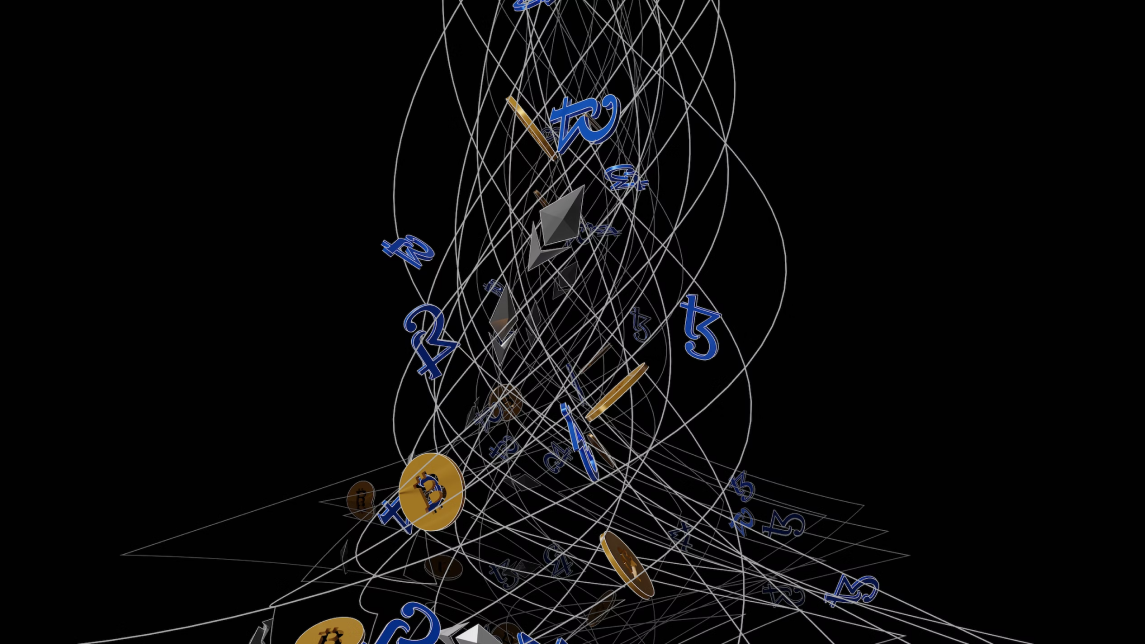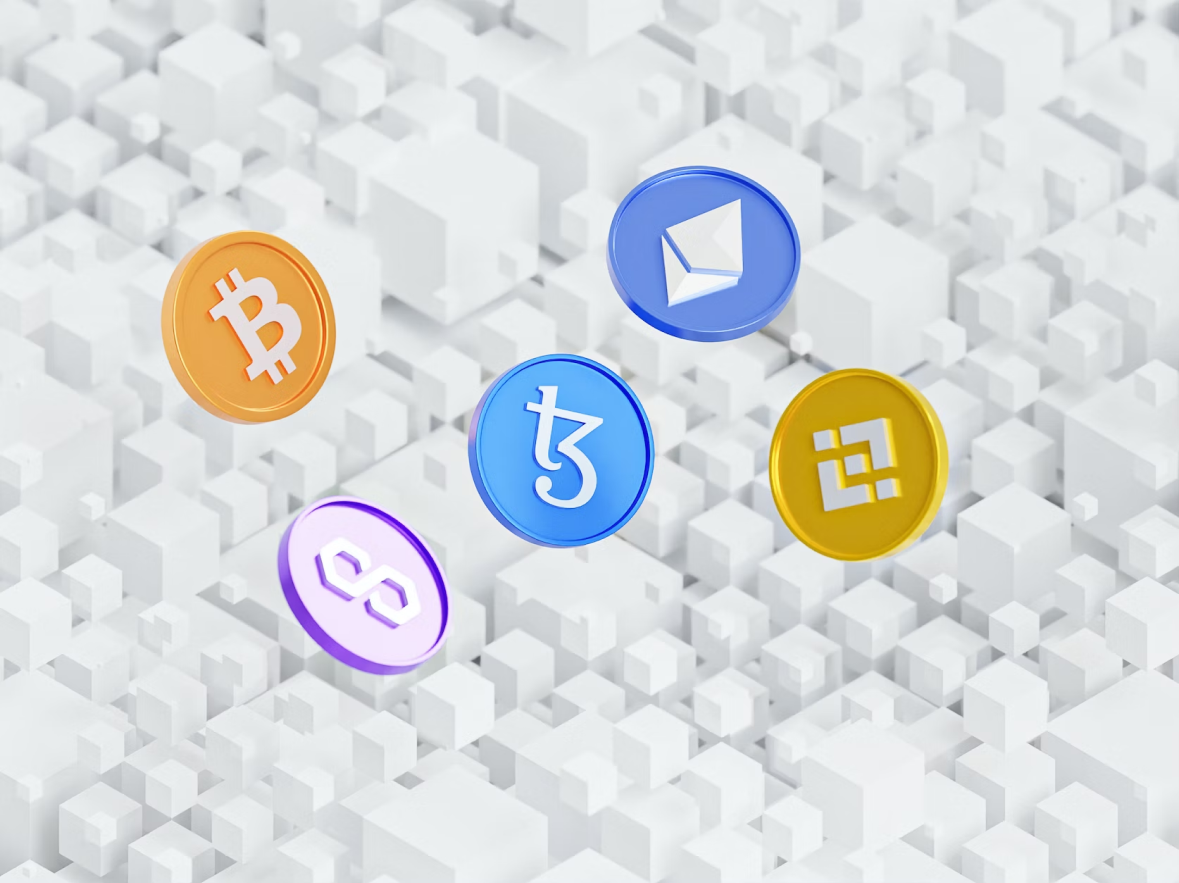Here is how to know exactly when the Federal Reserve will start printing

Share:
The Federal Reserve could be forced to start cutting rates and pumping money into the system much sooner than expected, and the trigger isn’t inflation or jobs. It’s the MOVE Index. That’s the bond market’s measure of volatility, and right now it’s on fire.
On Monday, the index hit 137.2996, after jumping +11.5930 points in one day—a 9.22% surge. If it crosses 140, it hits the same emergency zone that has previously triggered Fed intervention. That’s when they stop talking tough and start printing money.
The MOVE Index works like the VIX, but instead of stocks, it tracks how unstable the U.S. Treasury bond market is. Right now, it’s sitting near the cliff. If the index crosses 140, there could be a rush to dump Treasuries, and the financial system could face pressure that forces the Fed to act fast to avoid a deeper meltdown.

MOVE Index crosses key levels and builds panic
The current jump is coming off a four-month stretch where the MOVE Index stayed trapped between 85 and 115. That sideways range had fake breakouts and constant rejections. But in late March, things changed. The index jumped from ~91 and printed 13 green candles in 14 sessions, which shows an aggressive upward surge. That kind of run doesn’t happen without real fear.
From a chart analysis point of view, this isn’t a slow buildup. It’s panic. There’s been no pullback. No breaks. Just a nonstop upward move. That’s usually driven by stress, not just changing expectations. The rally broke above previous highs from January (~108) and March (~115). That breakout signals that bond traders are responding to pressure—not positioning.
The rally structure is also aggressive. The candles are rising with almost no upper wicks, which tells traders aren’t selling into strength. There’s no resistance in the chart until 140–145, a zone that acted as a ceiling during the October 2023 spike. That zone isn’t visible now, but it’s important because it’s tied to past Fed responses.
Even momentum indicators like RSI show extension, not exhaustion. The vertical move and clean structure show that buyers are controlling the action, and there’s no technical sign of reversal yet. That means the MOVE Index has room to keep going higher.
Once it crosses 140, it hits a level that has triggered Federal Reserve action in past cycles. That level means liquidity is drying up, spreads are blowing out, and markets aren’t functioning. That’s when the Fed stops worrying about inflation and starts throwing liquidity at the system.
Powell faces pressure as Trump triggers new volatility
If the MOVE Index stays above 140 for even just two sessions, we expect many things to happen fast. That includes SOFR and repo market spreads widening, credit default swaps surging, and bond ETFs breaking away from their actual values.
In that kind of situation, the Fed would have to react, even if inflation is still high. The usual playbook includes liquidity injections, repo operations, or even QE-lite tactics under the excuse of “market functioning.”
The current stock market crash has fed into fears of stagflation—the mix of slow growth and rising prices. That’s a nightmare for any central bank. Lowering interest rates could help growth but would make inflation worse. Raising rates could slow inflation but choke the economy. So the Federal Reserve is stuck.
Jerome Powell, the Fed Chair, said Friday that they aren’t rushing into a rate decision yet. “The appropriate path for Fed policy is not clear at this time,” Powell said. “It feels like we don’t need to be in a hurry.” He also said that while the new tariffs will probably cause a short-term jump in inflation, “it is also possible that the effects could be more persistent.”
Here is how to know exactly when the Federal Reserve will start printing

Share:
The Federal Reserve could be forced to start cutting rates and pumping money into the system much sooner than expected, and the trigger isn’t inflation or jobs. It’s the MOVE Index. That’s the bond market’s measure of volatility, and right now it’s on fire.
On Monday, the index hit 137.2996, after jumping +11.5930 points in one day—a 9.22% surge. If it crosses 140, it hits the same emergency zone that has previously triggered Fed intervention. That’s when they stop talking tough and start printing money.
The MOVE Index works like the VIX, but instead of stocks, it tracks how unstable the U.S. Treasury bond market is. Right now, it’s sitting near the cliff. If the index crosses 140, there could be a rush to dump Treasuries, and the financial system could face pressure that forces the Fed to act fast to avoid a deeper meltdown.

MOVE Index crosses key levels and builds panic
The current jump is coming off a four-month stretch where the MOVE Index stayed trapped between 85 and 115. That sideways range had fake breakouts and constant rejections. But in late March, things changed. The index jumped from ~91 and printed 13 green candles in 14 sessions, which shows an aggressive upward surge. That kind of run doesn’t happen without real fear.
From a chart analysis point of view, this isn’t a slow buildup. It’s panic. There’s been no pullback. No breaks. Just a nonstop upward move. That’s usually driven by stress, not just changing expectations. The rally broke above previous highs from January (~108) and March (~115). That breakout signals that bond traders are responding to pressure—not positioning.
The rally structure is also aggressive. The candles are rising with almost no upper wicks, which tells traders aren’t selling into strength. There’s no resistance in the chart until 140–145, a zone that acted as a ceiling during the October 2023 spike. That zone isn’t visible now, but it’s important because it’s tied to past Fed responses.
Even momentum indicators like RSI show extension, not exhaustion. The vertical move and clean structure show that buyers are controlling the action, and there’s no technical sign of reversal yet. That means the MOVE Index has room to keep going higher.
Once it crosses 140, it hits a level that has triggered Federal Reserve action in past cycles. That level means liquidity is drying up, spreads are blowing out, and markets aren’t functioning. That’s when the Fed stops worrying about inflation and starts throwing liquidity at the system.
Powell faces pressure as Trump triggers new volatility
If the MOVE Index stays above 140 for even just two sessions, we expect many things to happen fast. That includes SOFR and repo market spreads widening, credit default swaps surging, and bond ETFs breaking away from their actual values.
In that kind of situation, the Fed would have to react, even if inflation is still high. The usual playbook includes liquidity injections, repo operations, or even QE-lite tactics under the excuse of “market functioning.”
The current stock market crash has fed into fears of stagflation—the mix of slow growth and rising prices. That’s a nightmare for any central bank. Lowering interest rates could help growth but would make inflation worse. Raising rates could slow inflation but choke the economy. So the Federal Reserve is stuck.
Jerome Powell, the Fed Chair, said Friday that they aren’t rushing into a rate decision yet. “The appropriate path for Fed policy is not clear at this time,” Powell said. “It feels like we don’t need to be in a hurry.” He also said that while the new tariffs will probably cause a short-term jump in inflation, “it is also possible that the effects could be more persistent.”











